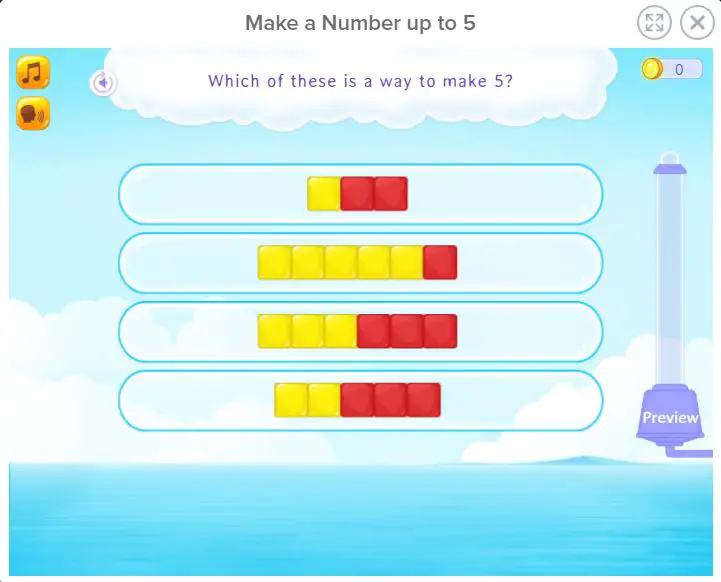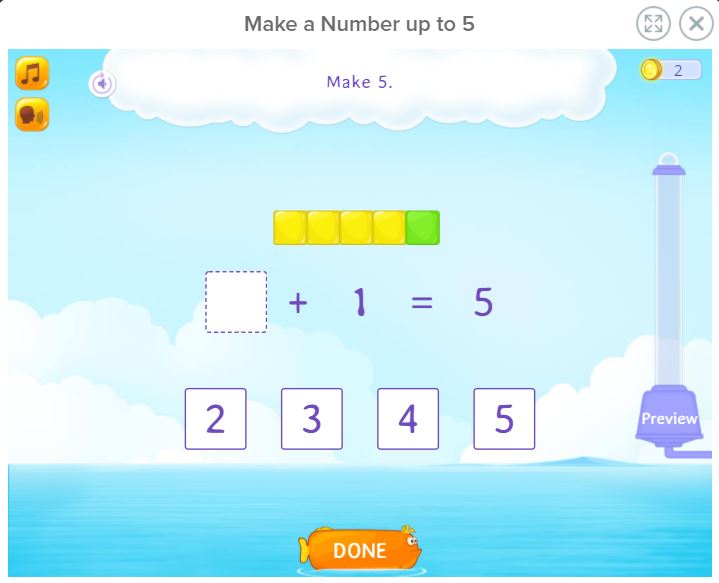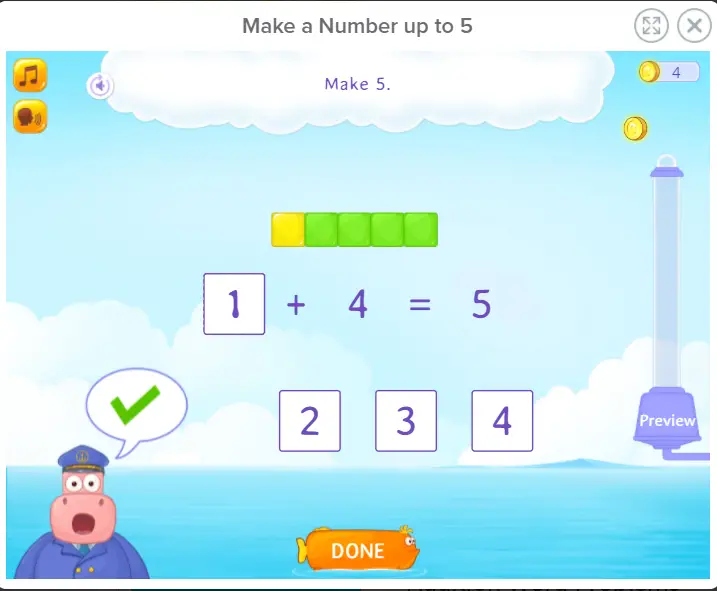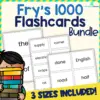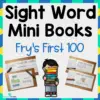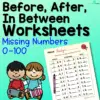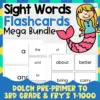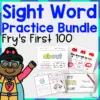Kindergarten is an exciting time for a child.
This is when children start communicating with the world, finding out new concepts and their fascinating connections with each other.
Putting seeds of mathematical concepts and nurturing them is one of the skills acquired through your child’s kindergarten education. Adding numbers together is one of the many types of skills your child will learn.
Below are several fun activities and games to boost the little one’s conceptual understanding.
Great Addition Activities For Kindergarten
We’ve researched on the internet and found the most diverse and creative activities for kindergarteners.
Below are several highlights and websites from these findings. Let’s dive in and have loads of fun.
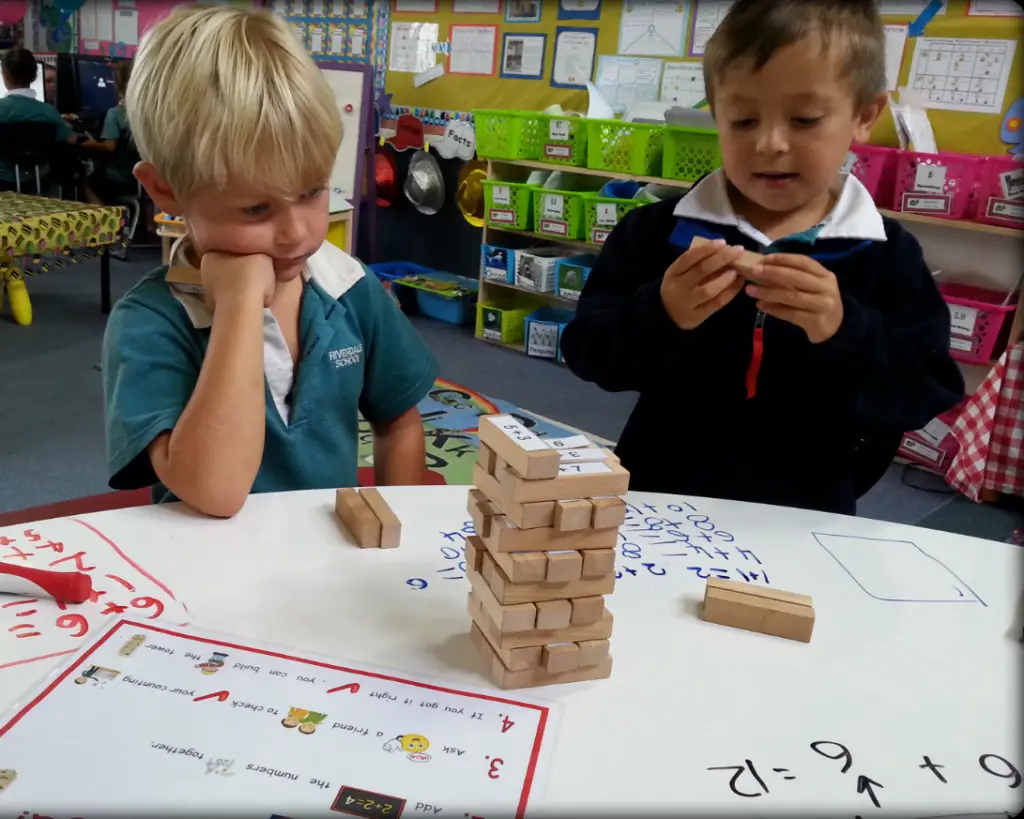
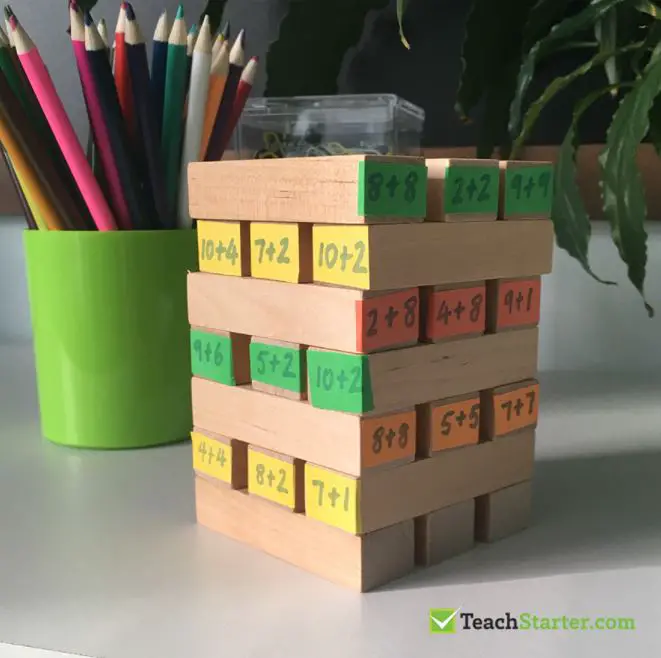
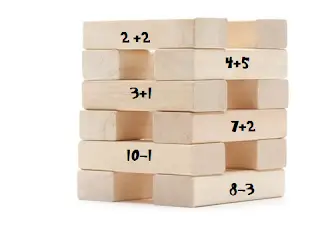
Here is what you need to make this version of Jenga:
- The usual game kit
- Colorful sticky labels
- A permanent marker
Before starting the game, you’ll have to write simple addition problems on the sticky labels and put them on either end of the Jenga pieces. Once the setup is ready, make the tower.
The same rules apply as in the regular game, but each player should solve the addition problem before taking out the piece.
This original idea and many others are available at teachstarter.com.
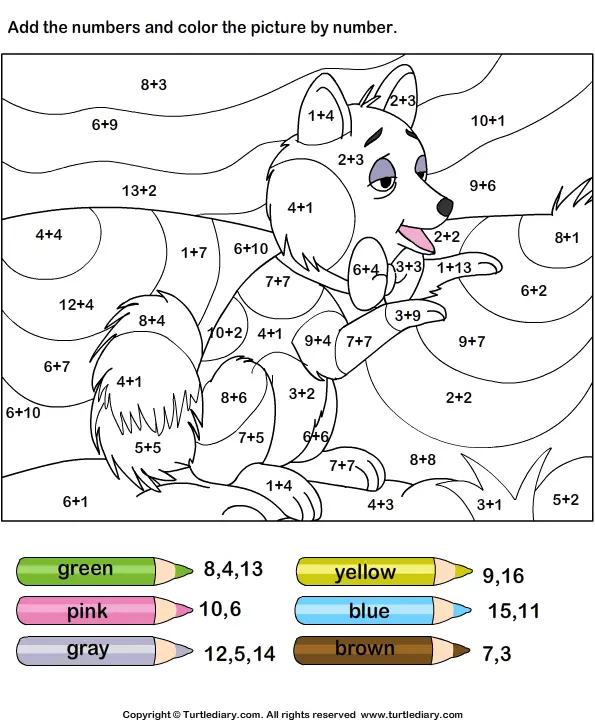
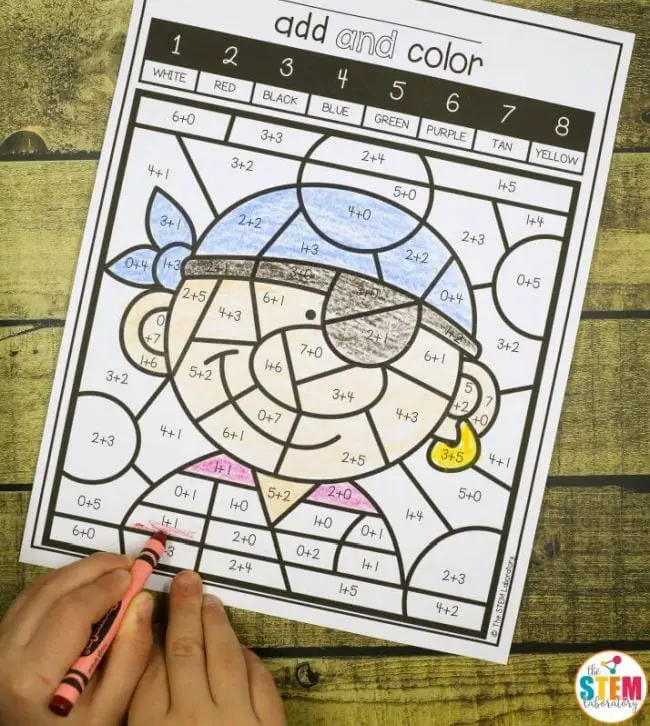
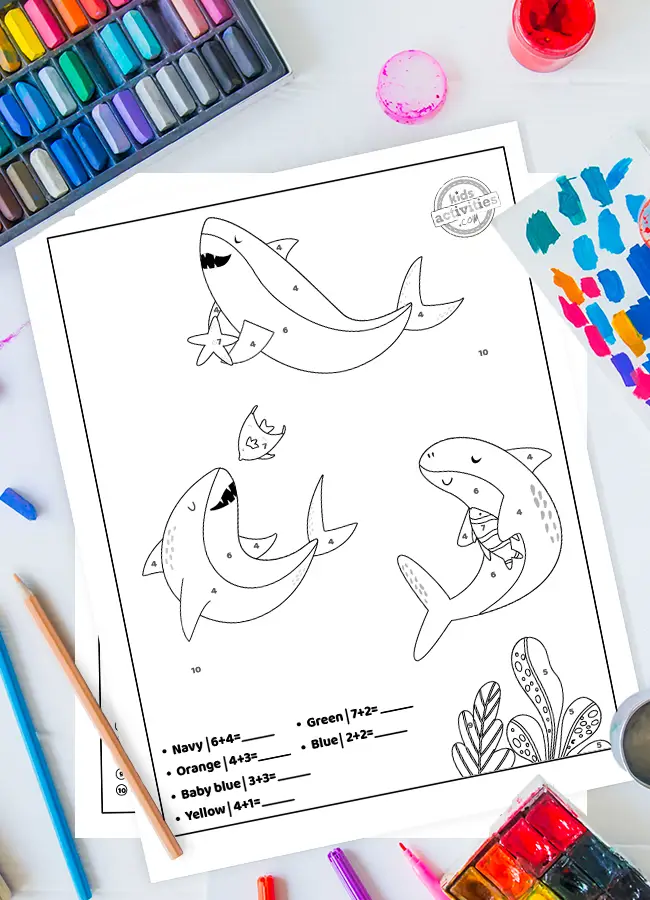
The simple setup for this activity consists of:
- Printable versions with pictures and number/color indications
- Colorful markers, crayons, or pencils
Read about this fun exercise and where to download the free addition sheets on weareteachers.com.
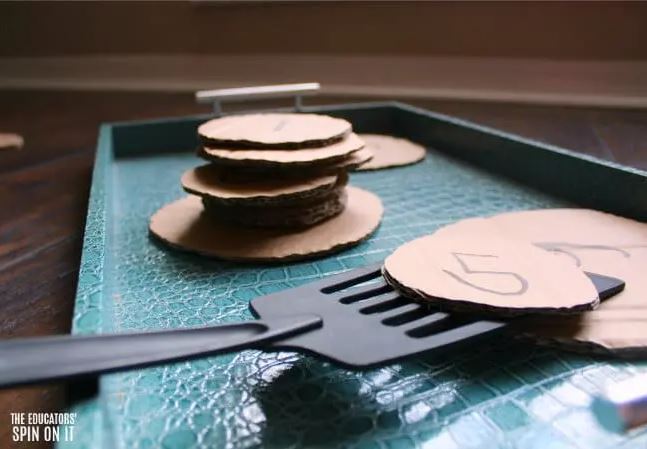
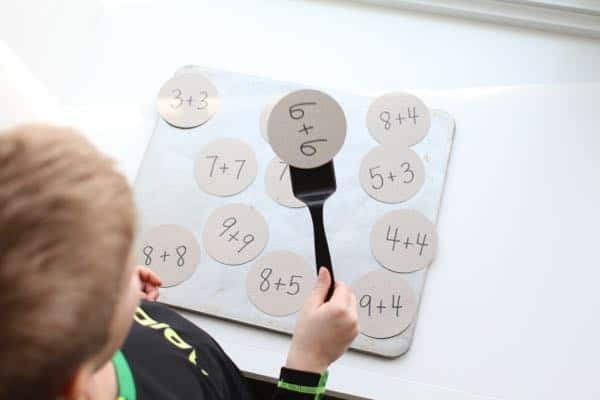
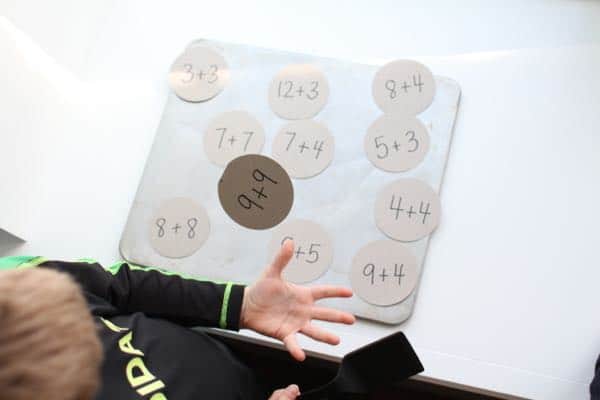
Here are all the materials you need for exercise setup:
- Recycled cardboard or paper
- Scissors
- A permanent marker
- A spatula
- A baking sheet or a tray
You’ll need to cut out 20 small and 10 large “pancakes” from the paper or cardboard (the latter is easier to pick up with a spatula). Write numbers from zero to nine on small pieces of cardboard, doubling each number to get two small “pancake” sets. Afterward, write numbers one to 10 on larger disks.
Finally, place one or more large pancakes on a tray and let the kid reach the indicated number in as many ways as possible.
While the source website, TheEducatorsSpinOnIt.com teaches the method above, you can also develop creative twists on this fun activity.
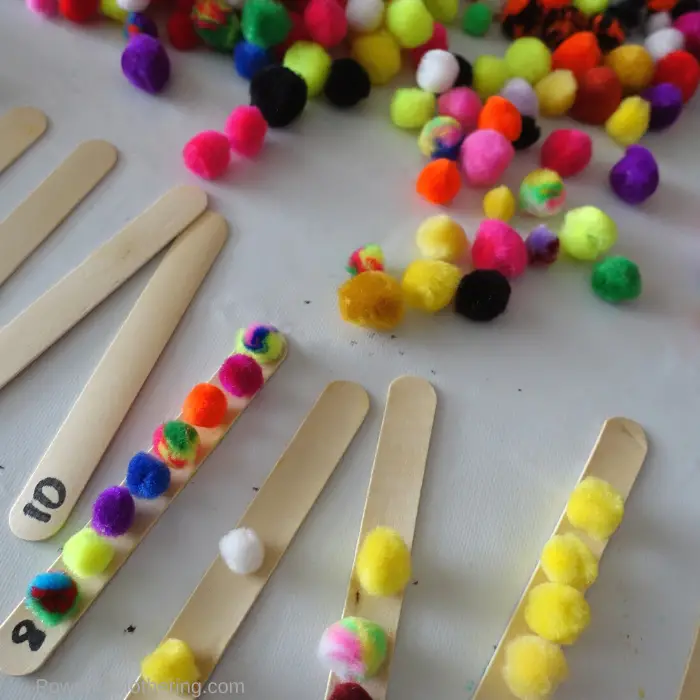
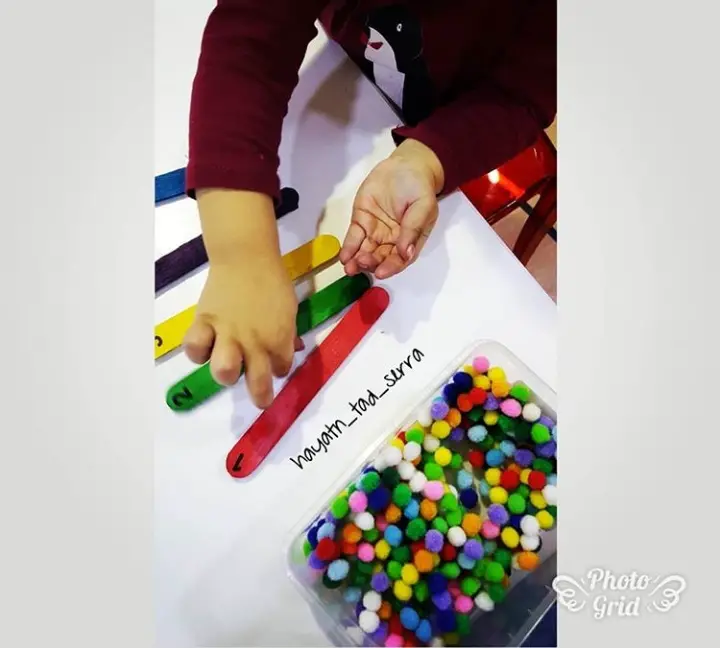
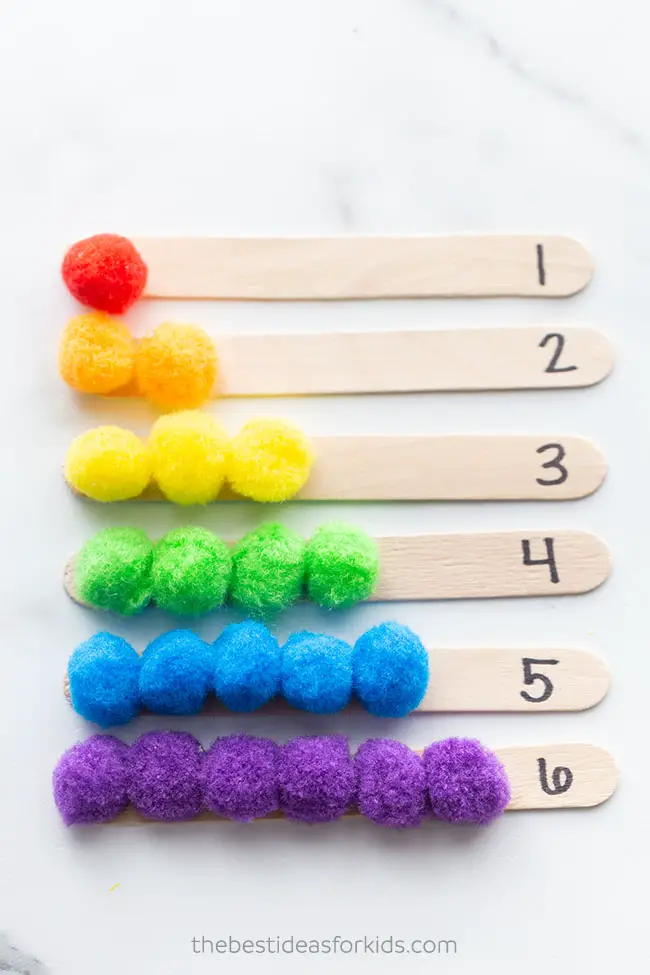
For this exercise, you’re going to need:
- Colorful pom-poms
- Ten popsicle sticks
- A permanent marker
Number the sticks from one to five, which is convenient if you’re teaching addition to number 10. Plus, we suggest making two sets of such sticks to make it easier to practice.
Glue the pom-poms on the sticks, color coding each number (one for red, two for orange, etc.).
Once you have everything ready, it’s game time! You can use cards or handouts to indicate the addition problems and ask students to put together the right sticks and figure out the answers.
This activity is our spin on the original idea from thebestideasforkids.com.
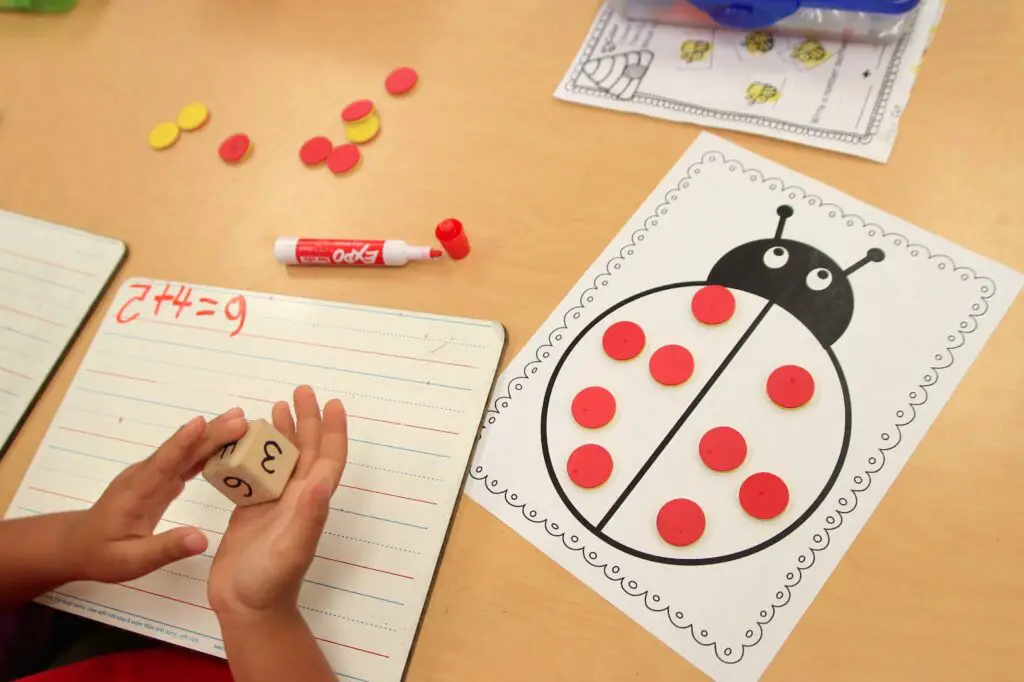
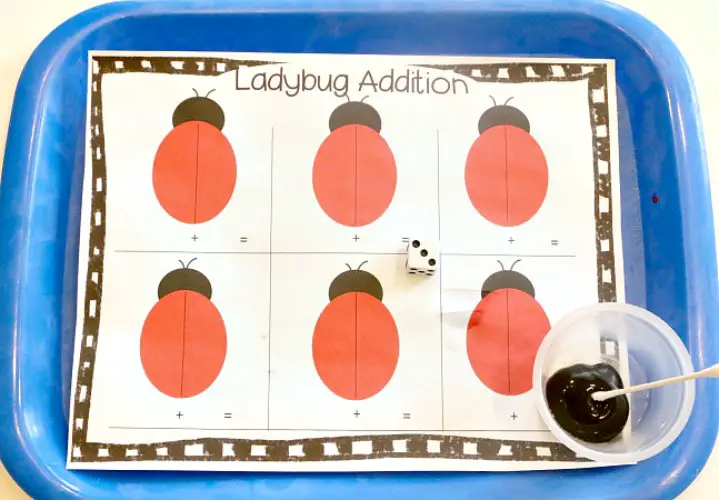
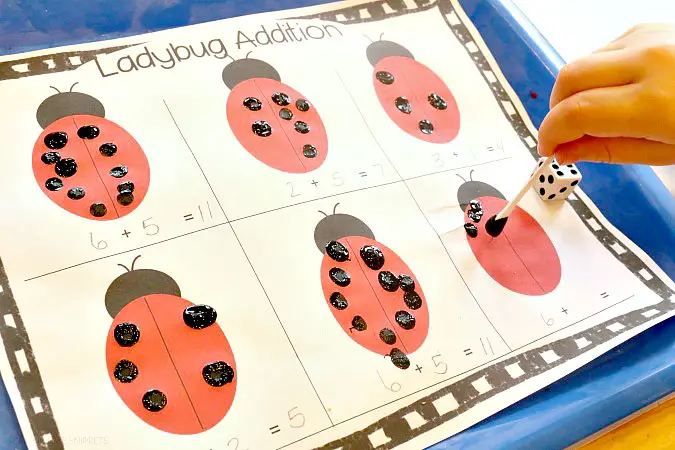
Our featured ladybug-inspired activity needs a few components:
- Manipulatives for counting
- Dice
- The free printable mat featuring the ladybug and the blank equation
- A paper or a notebook for recording purposes
All you need to do to make the game happen is to roll the dice, count the dots, and place the manipulatives on the right side of your ladybug. Then, similarly, determine the other number. Finally, count and put together the solution to the problem.
You can find more information about the printable and adjacent materials on teachinginprogress.com.
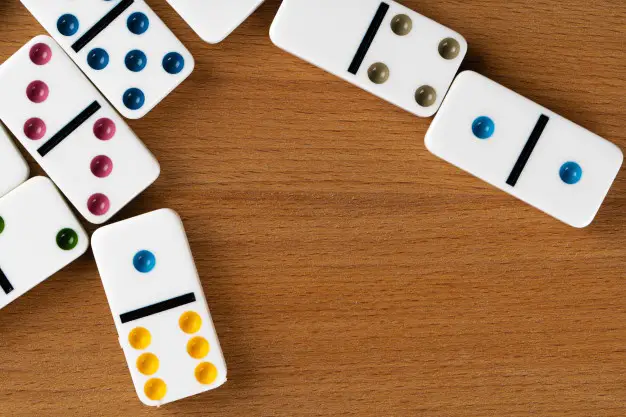
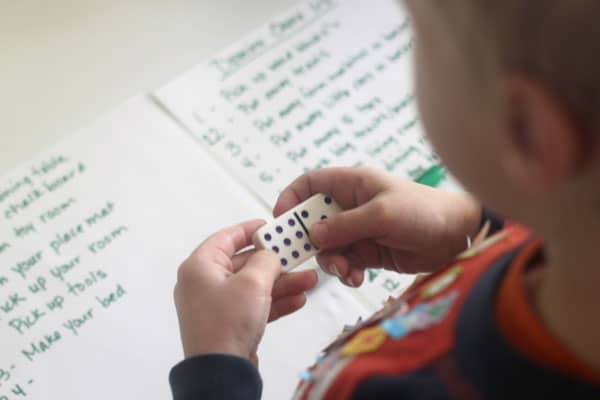
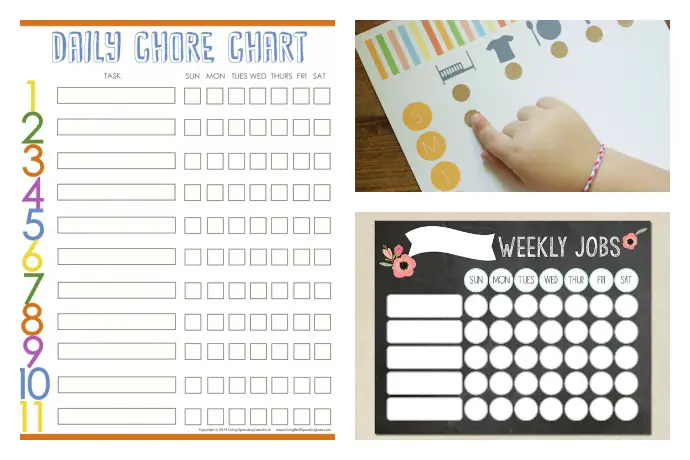
One way of making children take care of their toys, pick up clutter, and, most importantly, learn their math is incorporating games into these boring daily activities.
To make sure your child is on the right track, prepare the exercise. You’ll need the following:
- A numbered list of chores
- A set of dominos
Once everything is ready, prompt the child to take one brick, add the two numbers, and do the task under the sum.
For a more detailed walkthrough of the activity and much more visit handsonaswegrow.com.
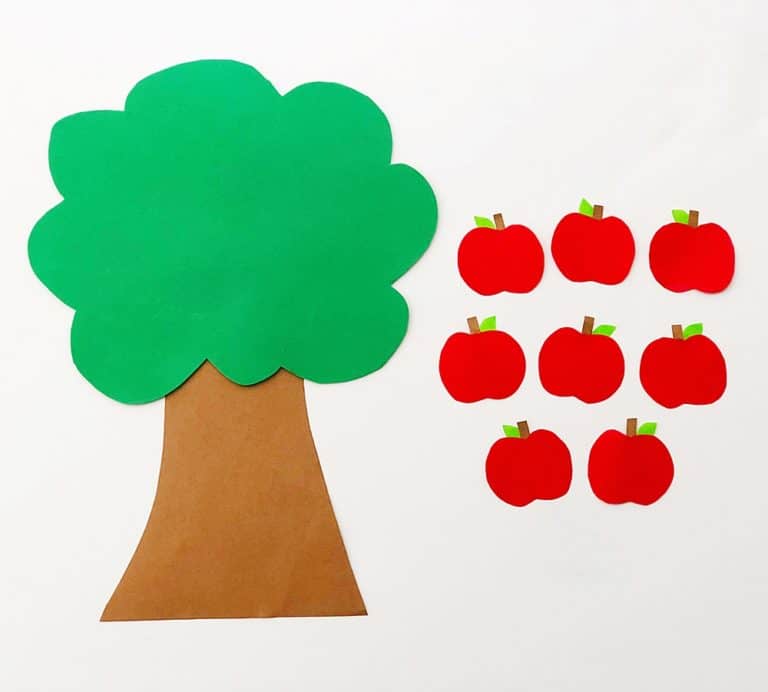
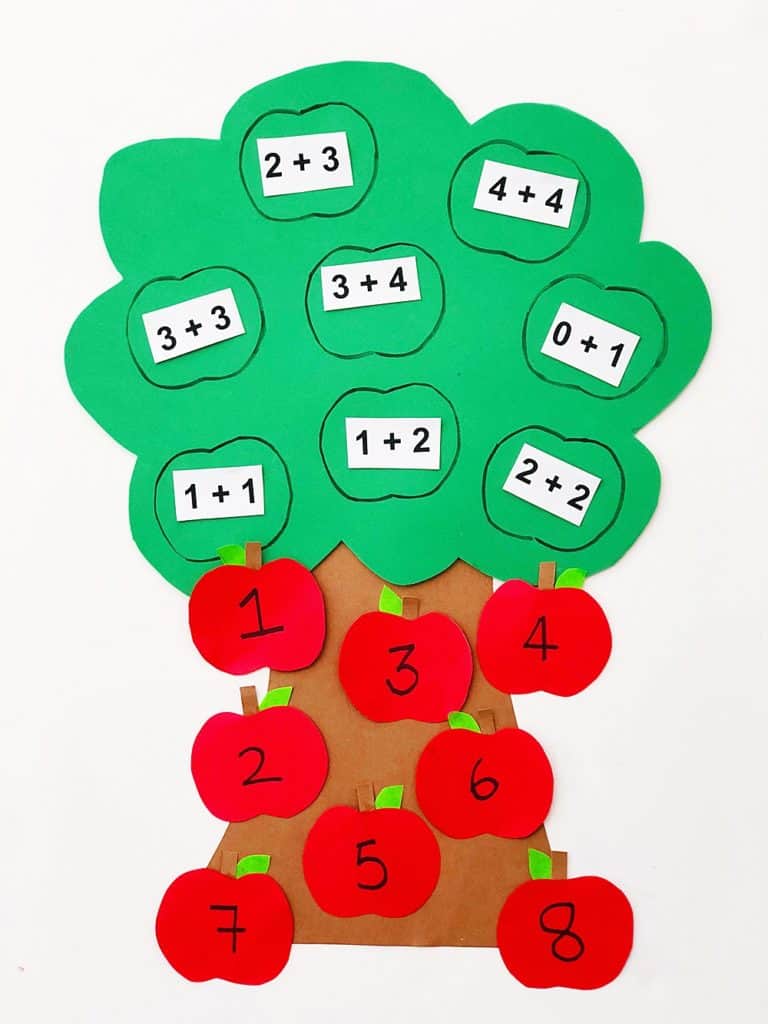

This setup’s primary goal is to get the children to understand the main principles of addition and practice in a tangible way. All you need here is:
- Construction paper for the tree and the apples (brown, green, and red)
- Scissors
- A pencil or a permanent marker
- Addition problems on separate cards
You can decide to involve the kids in the DIY process for better effect and gamification. First of all, you need to make the tree:
- Trace and cut the trunk of the tree using brown construction paper
- Trace and cut the foliage using green construction paper
- Draw the apple locations on the foliage using a pencil or a permanent marker
- Make the apple shapes from the red construction paper (you can also glue a leaf or two on) and number them
- Prepare the cards with addition problems
Once everything is ready, you can go one of two ways:
- Arrange all the equations on the tree and cover them with the corresponding “apples.” The indicated number on the apple should be the sum of the equation underneath.
- Arrange the equations and ask the children to match the “apple” number with the correct location.
The first way can be used for teaching purposes, while the second is better for kids that need more practice.
Find details about the activity on hellowonderful.co.
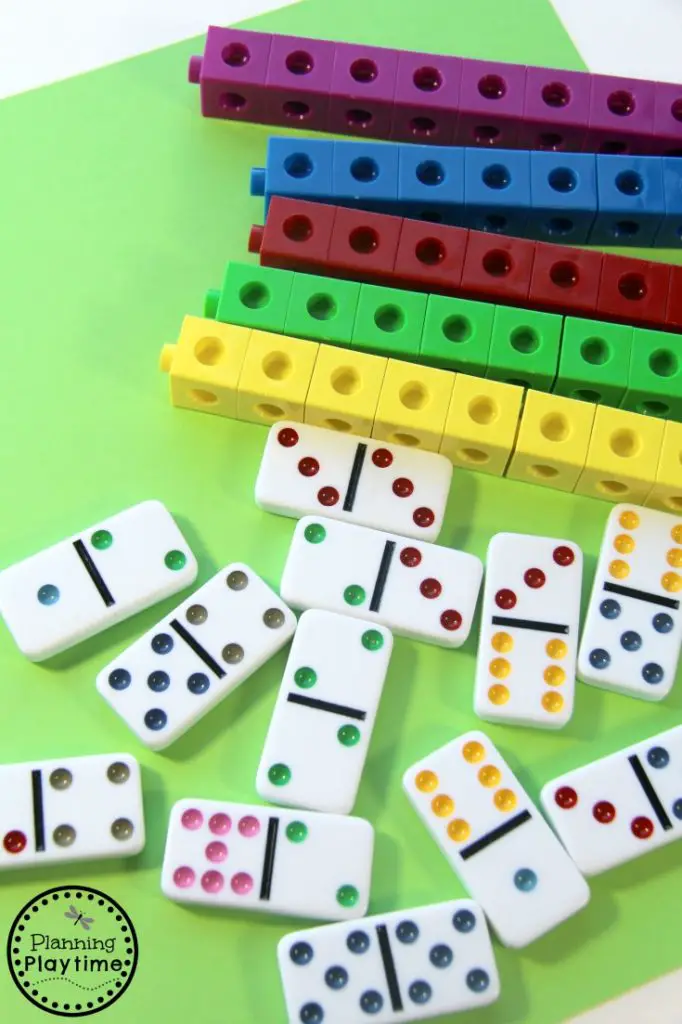
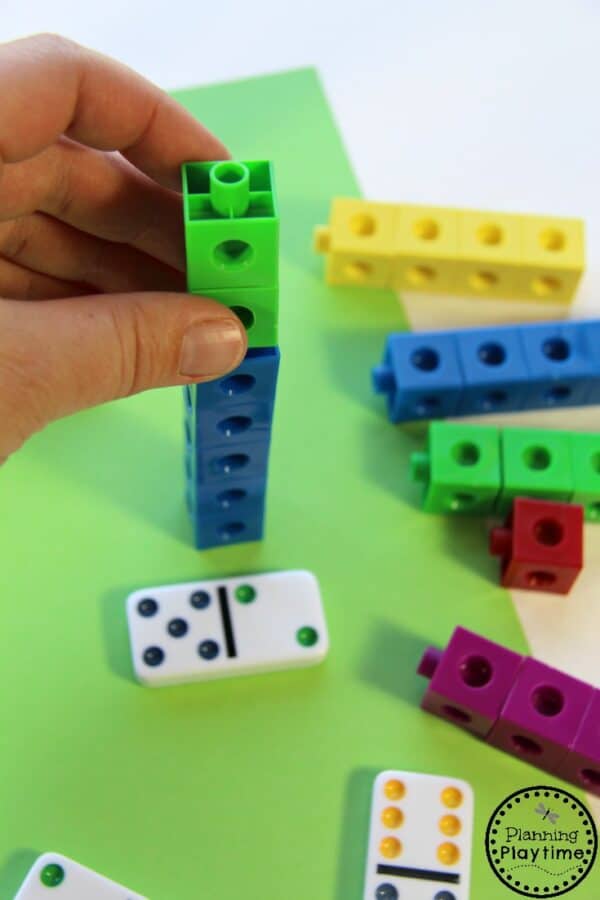
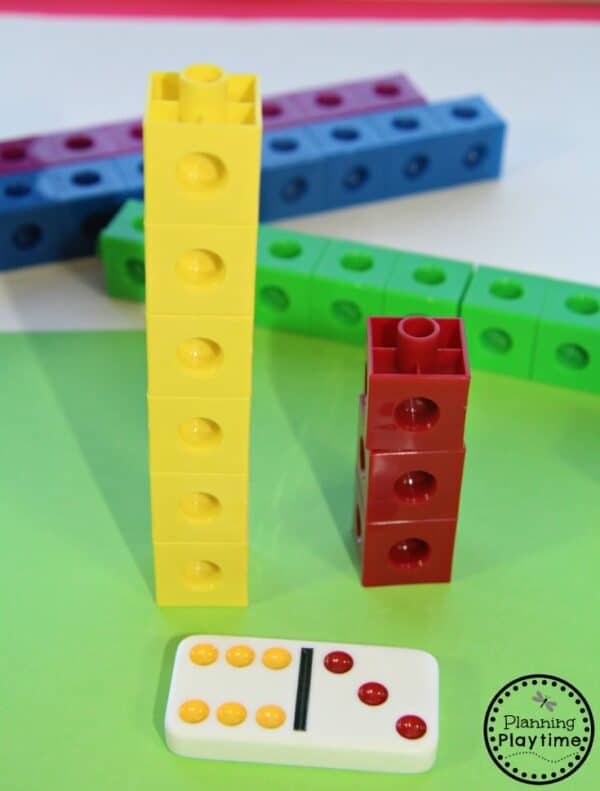
This activity is a vivid example that incorporates color coding and is very easy to understand even for kids with no prior knowledge of the subject. Here is what you need:
- Domino sets with colored dots
- Snap cubes of similar colors
The task is to count the dots on either side of the domino, take the indicated number of snap cubes of the same color and make a tower. The same happens to the other side of the domino: count, match, and build.
Finally, the child should put together the two towers and count the total number of cubes used in the tower.
Find the original description of the activity on planningplaytime.com.
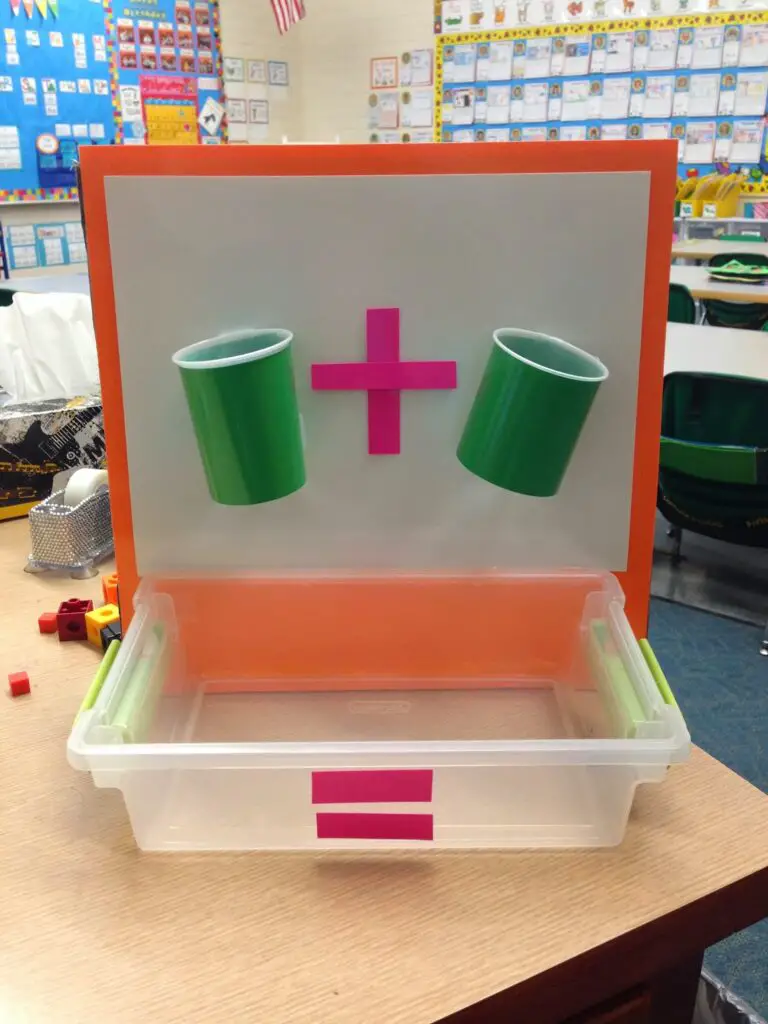

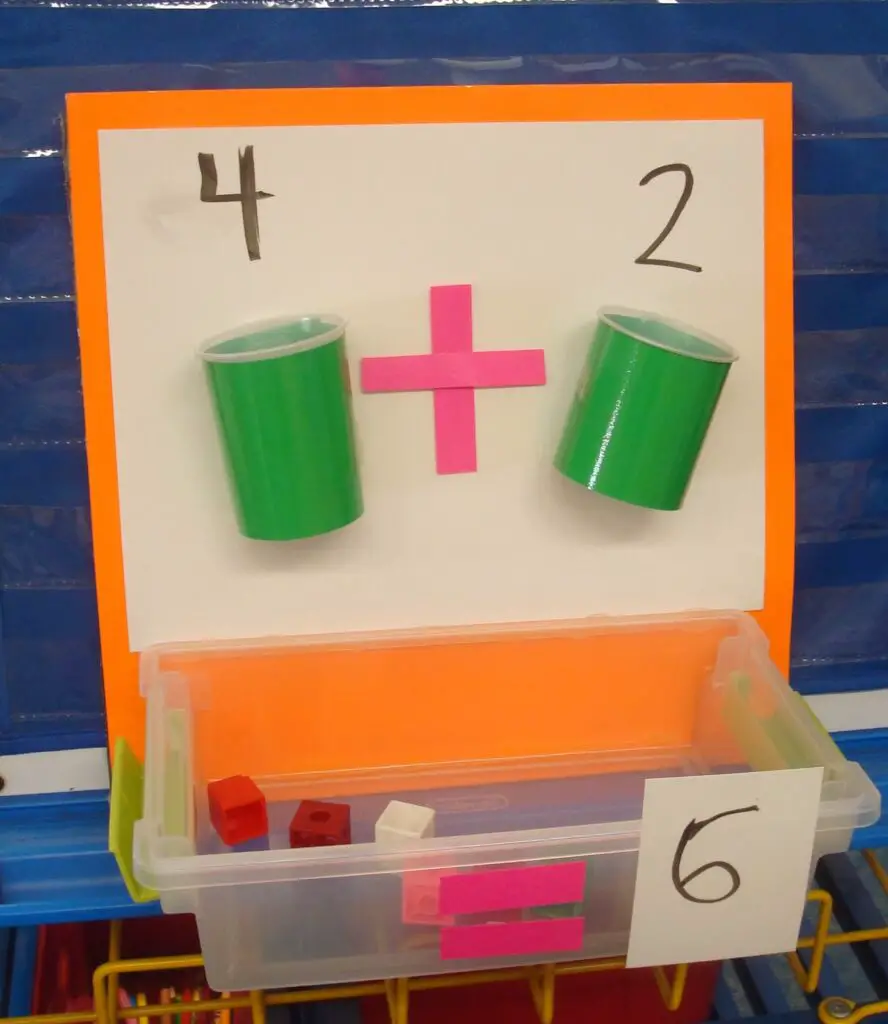
Addition Cups is a group activity where the students put small manipulatives through the “magical device” and record the results. Here is what you need to make it:
- A board on a wall (at children’s eye level)
- Two paper cups with bottoms removed (attached to the board)
- A container (secured to the board)
This setup is the visual representation of the addition equation with two sides (the cups) and the “plus” mark in between them. The bottom container holds the sum.
There are a few other items you’ll need during the play:
- Permanent markers
- Regular print paper
- Small manipulatives (buttons, cubes, pom-poms, or cotton balls)
As this is a group activity, you’ll need at least three children to play it. They should take turns approaching the “device,” then counting and putting the small manipulatives through the cups. Once the necessary number is through, the third kid will approach the board and count the result.
You can record each step on the board with attachable number cards or regular paper in a handwritten form.
To review the activity and see the “device” set up, visit sweetsoundsofkindergarten.com.
Conclusion
As an essential math skill, addition should be developed over time, introducing the child to the concept step by step. Gamified activities help teachers and parents to do just that.
People Also Ask
Below are a few more questions that touch upon the topic of teaching addition in kindergartens.
Do You Learn Addition in Kindergarten?
Usually, learning addition and subtraction doesn’t all happen in one year.
Teachers work to give the children the foundations of simple mathematical concepts. Kindergarten activities usually include some visual component.
The natural development of the skill happens through the first years of school as well.
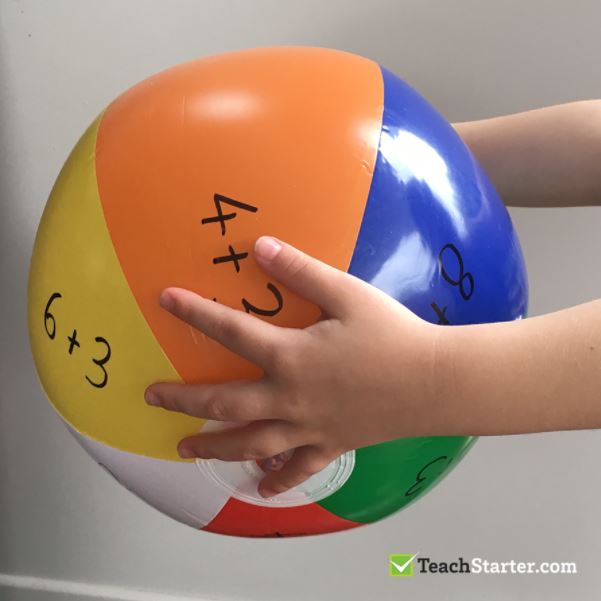
What Age Should a Child Learn Addition?
Five years is the typical age a child should begin learning to solve addition equations. However, the concepts are seeded throughout the kindergarten education years, with some children able to understand them earlier.

